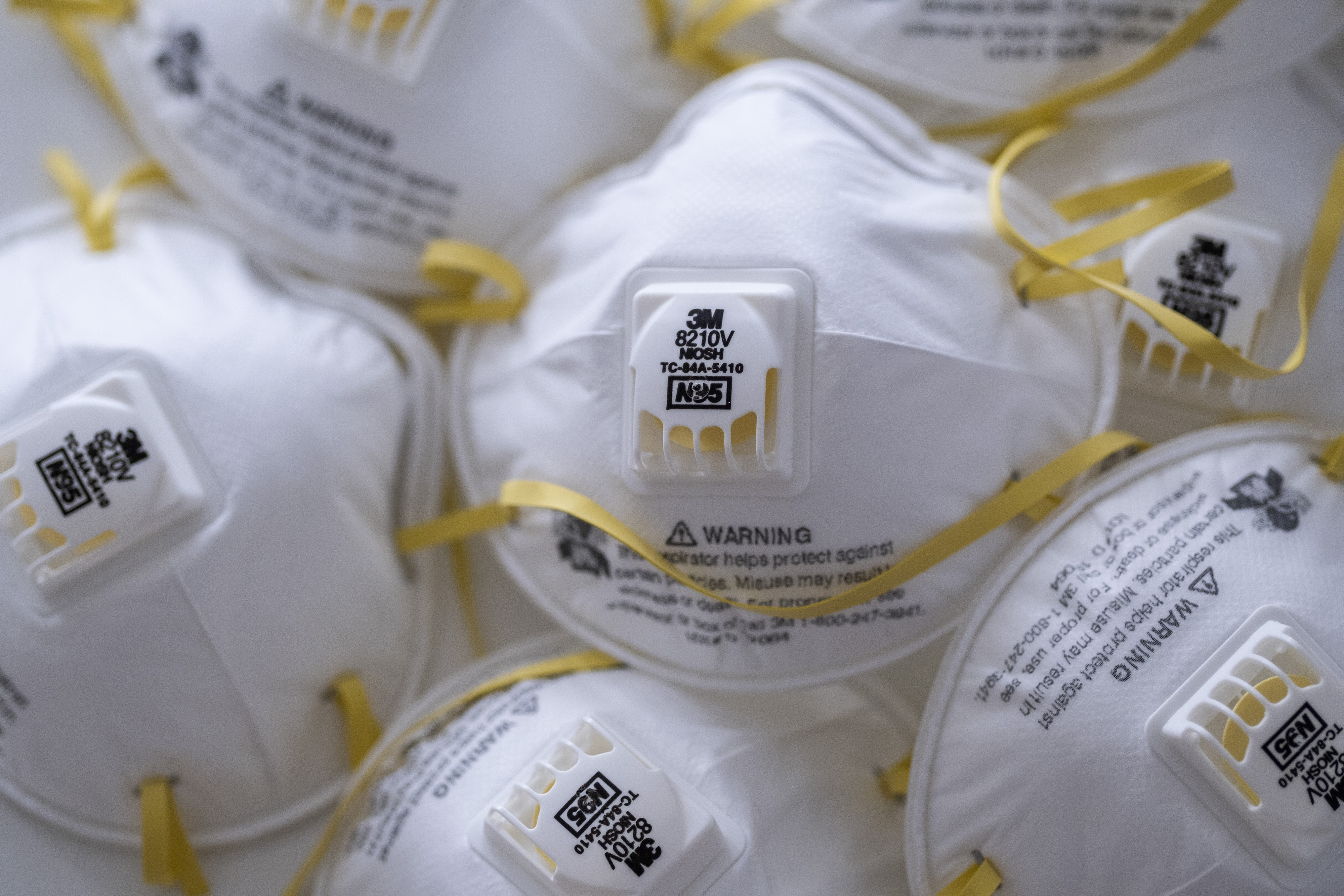Gov. Gavin Newsom announced Tuesday that the state expects to begin reopening the economy in phases in a handful of weeks as COVID-19 coronavirus cases stabilize and decline.
State public health officials have concluded that current indicators like coronavirus cases, hospitalizations and intensive care admittance show that the state may be able to relax and modify its shelter-in-place order for "low-risk" workplaces, including manufacturing facilities and some open spaces and parks.
Newsom said the state is framing a reopening of the economy in four phases, with the first two phases being planning and reopening low-risk businesses and workplaces, respectively.
"Phase two is really the phase that is upon us, we believe, in the next few weeks and perhaps most important in terms of at least getting everyone's attention and focus so that we can prepare for it in real time," Newsom said.
The third phase, including opening higher-risk businesses such as hair and nail salons, and the fourth phase, resuming large public events like concerts and sporting events, are likely still months away, according to Newsom, and the latter will require significant, documented herd immunity, a vaccine or both.
Newsom said the state electing to loosen its shelter-in-place order will not impact local jurisdictions like some in the Bay Area that want to continue enforcing stricter public health guidelines due to a larger number of infections.
On Monday, Alameda, Contra Costa, Marin, San Francisco, San Mateo and Santa Clara counties along with the city of Berkeley announced plans to extend the Bay Area's local stay-at-home order through May 31.
State public health officials are analyzing when to begin reopening the state based on a half-dozen factors, including the number of tests completed each day, the needs of hospital and health care systems and the state's ability to resume a lockdown if coronavirus cases begin to spike again.
White House Reopening Guidelines Leave Room for Interpretation
For states considering lifting quarantine measures, the official guidelines propose either a downward trajectory of COVID-19 cases within two weeks or a downward trajectory of positive tests as a percent of total tests.
As shown below, when you compare yesterday’s new case count with that of two weeks ago, the number is often lower, simply because the counts fluctuate. The criteria has been criticized by some for being vague, creating the opportunity for any governor to argue the numbers are favorable enough to start reopening.
Source: The COVID Tracking Project
Credit: Amy O’Kruk/NBC
Newsom said California is averaging more than 20,000 tests per day, but the state's goal remains at 60,000 to 80,000 tests daily. In total, some 570,000 tests have been completed throughout the state.
Newsom also said that the state may push the start of the 2020-2021 school year up as early as July to account for the learning loss due to the virus shutting down schools. Doing so would require reorienting classrooms to allow for physical distancing and other public health and safety guidelines.
"I want to caution everybody, if we pull back too quickly and we walk away from our credible commitment to not only bend this curve but to stop the spread of the virus, it could start a second wave that could be even more damaging than the first and undo all of the good work and progress that you've made," Newsom said.
Health officials around the state have confirmed a total of 45,031 coronavirus cases, including 1,809 deaths, according to Newsom. In addition, 1,181 people are in intensive care due to the virus and 3,455 are currently hospitalized across the state.



